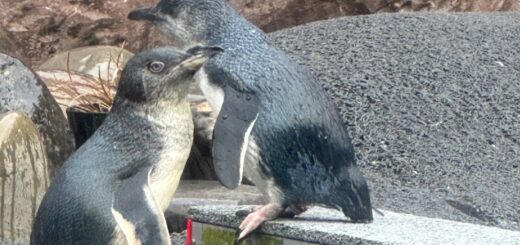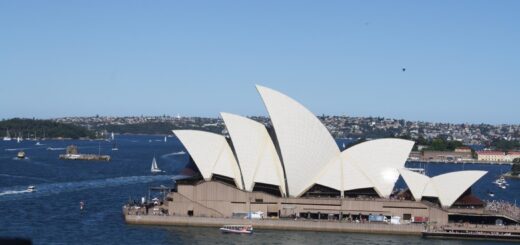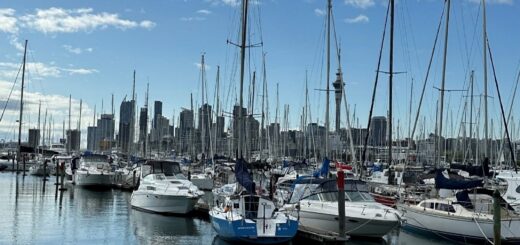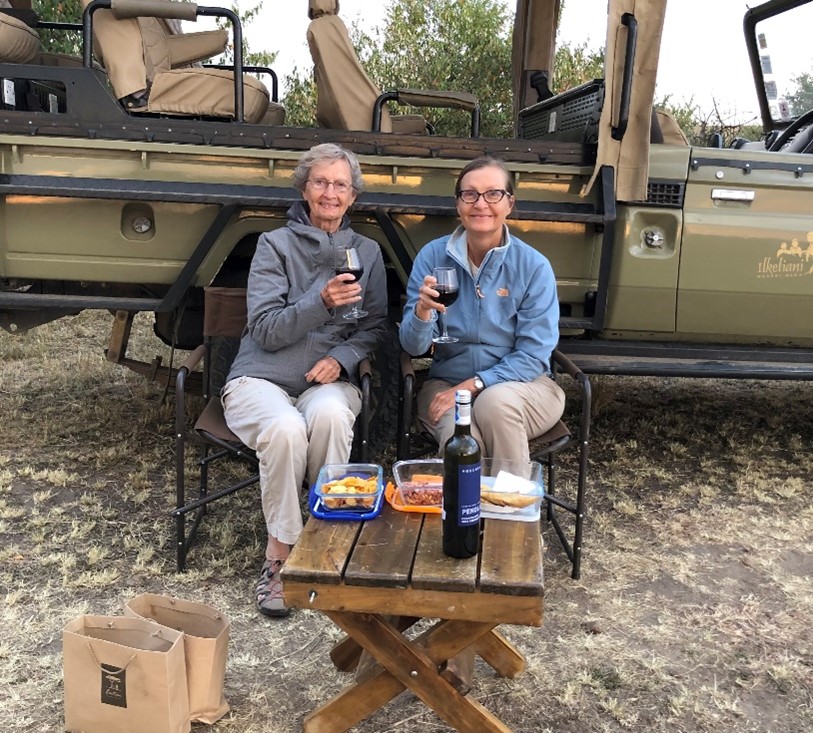Rotorua
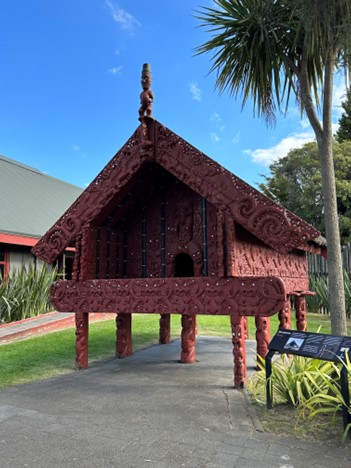
Travel Advice for Seniors: Rotorua
A major highlight of our four-week trip to New Zealand was a stop at Rotorua, home to Māori culture and the Geothermal wonderlands of Waiotapu and Waimangu.
First settled by the Māori in the 14th century, Rotorua is one of the main centers of Māori culture in New Zealand. It was further built out in the early 1880s by the government, as a town for tourists visiting the ‘hot lakes’.
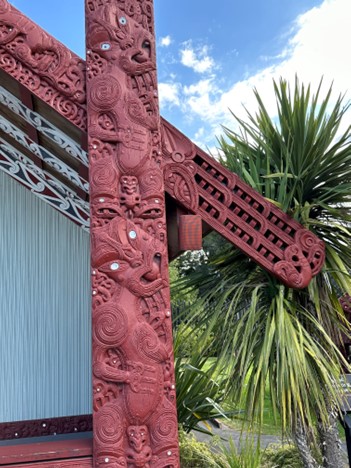
We spent an afternoon and evening at Living Māori Village of Whakarewarewa. We started with a tour of the facility and a tour through the various workshops where carving and weaving in the old traditions is taught at the New Zealand Māori Arts and Crafts Institute. The carving area was particularly interesting as there was one section for stone carving of small amulets and another section for larger wooden totems and other carvings.Accessible parking, ramps, restrooms and walkways, though some walkways may be steep and uneven.
The craftsmen at the Art Institute were creating artwork that had meaning important to the Māori people. For instance, the Māori Koru necklace design which looks like a spiral, is inspired by the New Zealand fern frond unfurling as it grows. It represents peace, harmony and a new beginning.
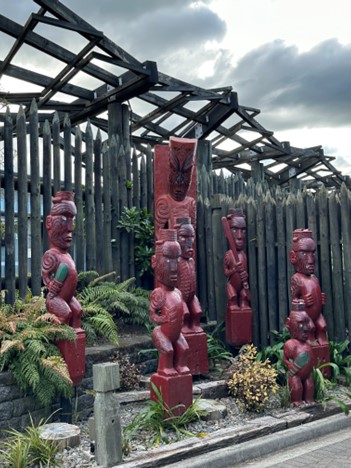
A word about the Māori…the Māori people discovered New Zealand between 1200 and 1300 AD, traveling from Polynesia in canoes. They have their own legends and myths, particularly of how the North Island was developed, how the Milky Way was formed and others. The legends involve ancestors, supernatural creatures, and the relationship between humans and the natural world. A great deal of their superb storytelling is founded in simply keeping their history alive to pass on to the next generation.
A major historical turning point, in 1840, the Treaty of Waitangi was signed, establishing British law in New Zealand. The Treaty established a partnership between the Māori and the British, giving the Māori the right to enjoy land and natural resources and promising protection of their rights and equality the same as for British citizens. To this day, there is a great deal of discussion about interpretation of the Treaty, especially regarding the loss of ancestral lands.
It was a very educational and informative afternoon. We had a wonderful dinner at Pataka Kai restaurant on the site. It features an all-you-can-eat Hangi buffet which was absolutely delicious. Hangi is a Māori type of cooking where meats are cooked on a fire underground. Save room for the Baked Alaska!
Following our tour and dinner, we were treated to a cultural performance in the te Aronui aRua meeting house. It was a bit overdone, but still an enjoyable evening. Lastly, we were treated to hot chocolate at the geysers which were a short walk away and in the same location.

Next day was a half day trip to Waiotapu Thermal area and Waimangu Volcanic Valley and a visit to the Lady Knox Geyser. Waiotapu Thermal area is a very colorful area of volcanic activity. Many of the pools had bright orange ring. Waimangu last erupted in 2016 and the valley features spectacular craters, enormous hot water springs, beautiful geothermal features, rare plant life. Be sure to check out the before and after photos to see the pink and white terraces.Accessibly entry and walkways though some may be uneven and steep.
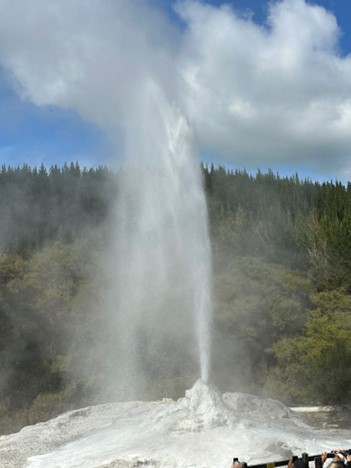
We capped off our visit to Rotorua with a highly anticipated stop at the Polynesian Spa. It is a short walk from the hotel and was well worth it. The spa featured five different pools with varying therapeutic benefits and temperatures, all with a view of Lake Rotorua. The spa requires a bathing suit which you can buy there if you need one. They provide robes, towels, toiletries, and hairdryers, but you will need to bring your own flip flops and sunscreen. They recommend spending no more than 15 minutes at a time in the hotter pools and stay hydrated. Accessible common areas and changing rooms, though there is no hoist for lowering into the water.
Overall, the Rotorua is certainly a required stop in New Zealand. It is probably one of the best places to learn a great deal about Māori culture in a short period of time.
Where we stayed: Prince’s Gate; Beautiful landmark hotel, centrally located, great breakfast buffet. Rooms okay.Partially accessible with some provision for vision impaired.
How we got there: InterCity Coach (Bus) from Auckland to Rotorua. 3 hours. Then chauffeur from bus stop to hotel (which was only two blocks away). This was part of a four-week private tour through New Zealand. We began in Auckland and ended in Queenstown.
General Accessibility Information: See notes above. Major tourist sights, hotels and transportation in most major cities are accessible. Further, some parks or parts of parks are accessible. Call in advance to verify and make specialty arrangements.See our sections on specialty apps and accessible travel for more on accessibility assistance.

